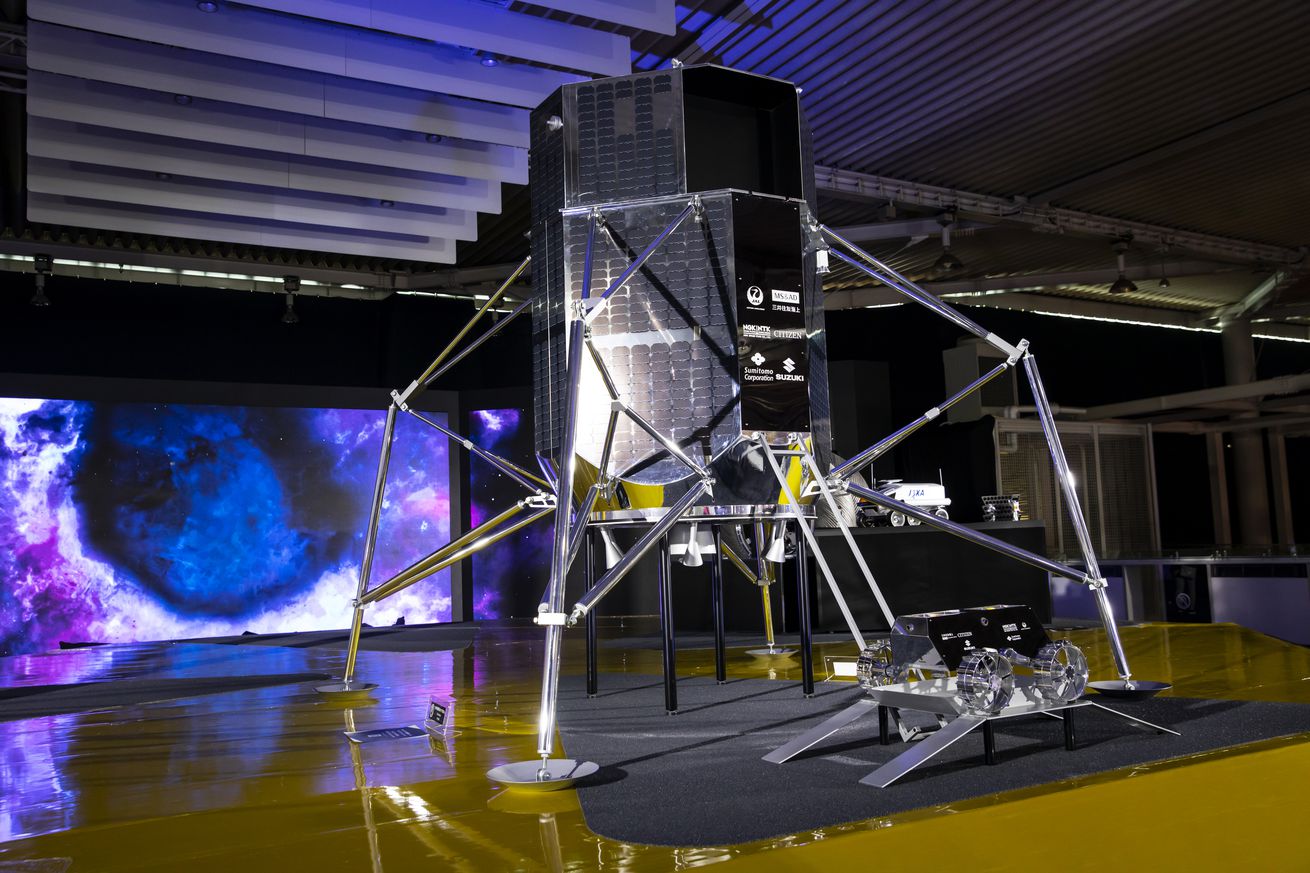
Japan’s first Moon landing has ended in failure
What would have been the first private Moon landing has ended in failure after Japanese startup ispace lost contact with its lunar lander, as reported earlier by The Washington Post. As the Hakuto-R Mission 1 lander inched closer to the Moon’s surface, engineers found that they were no longer able to communicate with the spacecraft.
“Currently, we have not confirmed communications from the lander,” ispace CEO Takeshi Hakamada said during a livestream of the mission. “So we have to assume that we could not complete the landing.”
Last December, ispace launched its Hakuto-R lander from Cape Canaveral, Florida atop SpaceX’s Falcon 9 rocket. The lander embarked on a three-month-long journey to reach lunar orbit before it was supposed to touch down on the surface of the Moon on Tuesday. Things seemed to be going as planned until engineers received no response from the spacecraft after its expected 12:40PM ET touchdown.
“Our engineers and mission operations specialists in our MCC [mission control center] are currently working to confirm the current status of the lander,” ispace stated following the livestream. “Further information on the status of the lander will be announced as it becomes available.”
The Hakuto-R carried two lunar rovers: a four-wheeled one from the United Arab Emirates and a Star Wars-esque mini rover made by Sony and Japanese toy company Tomy. While Japan’s own national space agencies have yet to attempt a Moon landing, their first lunar mission took place in 1990, when the Hiten spacecraft looped around the Moon while capturing data on cosmic dust. The country’s set to make another attempt at planting a spacecraft on the Moon intact with the launch of the heavily-delayed Smart Lander for Investigating Moon later this year.

